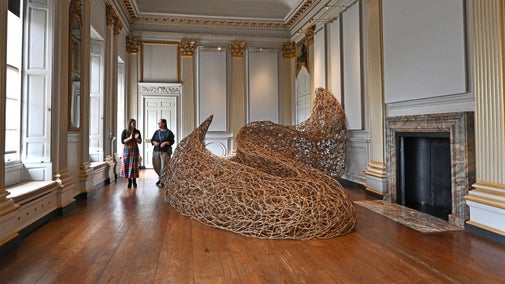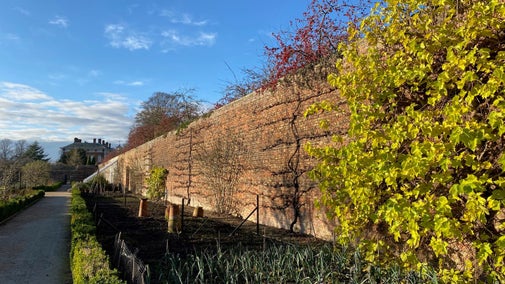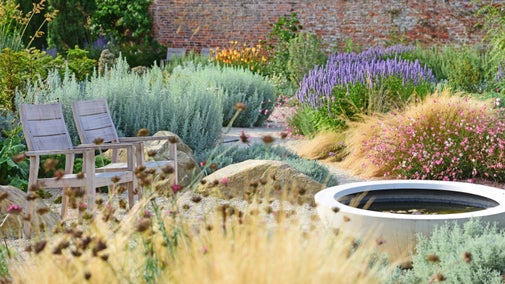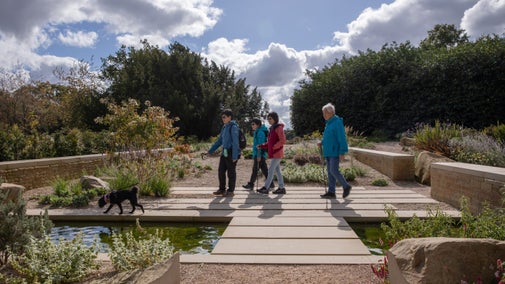The National Trust at Beningbrough
On Lady Chesterfield's death in 1957, Beningbrough Hall was offered to the Treasury by her executers to pay death duties. In 1958 the National Trust acquired Beningbrough, devoid of most of its contents, several overdoor paintings remained as part of the fixtures.
First opening in 1962, with live-in custodians and caretakers, and later tenants, who looked after and lived on the estate. Visitor numbers were low, with records showing just 7,000 in 1977.
A new lease of life
In 1979, the Trust formed a partnership with the National Portrait Gallery to hang many of their 18th century portraits. In this year, visitor numbers jumped to 69,000 as Yorkshire residents enjoyed the opportunity to view artwork from the national collection.
After nearly 40 years, their 18th century portraits returned to London and visitor feedback led to the development of galleries on the first floor. This allows art to readily change without damaging the fabric of the building.
Beningbrough today
Beningbrough now welcomes over 170,000 visitors each year whilst maintaining and improving the conservation of the hall, collection, garden and parkland. Artwork from international artists and lenders is now displayed in changing exhibitions in the first floor gallery with Beningbrough's history shared on the ground floor.
Your visits, membership and volunteering help to achieve this, keeping Beningbrough fit for future generations to enjoy. Thank you.











